New approaches to land-based aquaculture include cultivating unusual species and implementing new health regimes
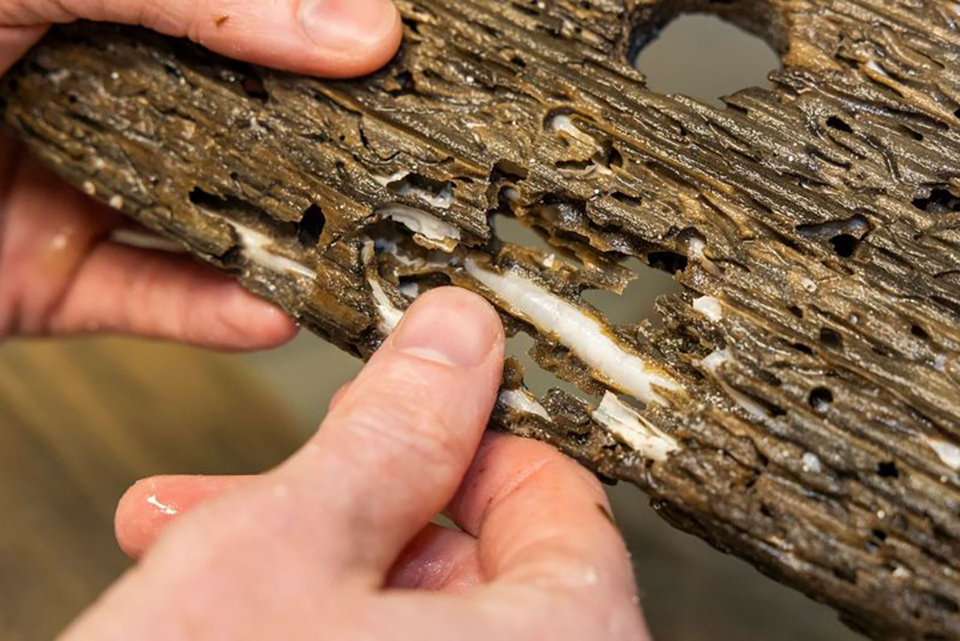
As a rapidly expanding sector in the global food industry, aquaculture stands out for its diverse range of species. Diversification can enhance the resilience of the global food system or facilitate aquaculture growth through multiple mechanisms.
With hurdles to overcome such as technical difficulties and limited markets, cultivating species diversity is no simple endeavor, but a team of researchers from the Universities of Cambridge and Plymouth in the UK are taking on the challenge. In November 2023, they published a study in the journal Nature on the potential of farming a new marine species.
Shipworms (Teredinids) are bivalves that live in and feed on wood, turning it into protein and essential nutrients. Historically, they were viewed as marine pests because they bore through any wood left in seawater, such as ships, piers and docks. Now, however, they have been renamed “naked clams” by the research team and could have a role as an eco-friendly superfood.
“We chose the term ‘naked clams’ to improve the appeal and marketability of shipworms and replace the link to damaging wooden ships with a more palatable, consumer-friendly term,” Dr. David Willer of the University of Cambridge told the Advocate. “The term naked refers to the fact that these bivalves have tiny, highly specialized shells that are designed for drilling rather than protection, and their long soft bodies extend well beyond these shells.”
Willer and his colleagues want to address the need for alternative food sources that provide the micronutrient-rich profile of meat and fish but without the environmental impact. Their company, Naked Clam Ltd., is aiming to develop the global potential of naked clam aquaculture together with industry partners.
“We offer a ground-breaking method of converting wood waste into nutrient-packed protein for incorporation into mass-market foods,” said Willer. “Scale-up of the production system, with patents pending, is via consultancy and research-based collaboration.”
Bivalves are widely reported as the most sustainable meat or fish food source on the planet and are rich in key micronutrients, including omega-3 fatty acids, zinc, iron and selenium. Naked clams offer the potential to take these benefits up an order of magnitude. They are the world’s fastest-growing bivalve, reaching up to 30 cm long in as little as six months. They are also full of monounsaturated fatty acids, contain 70 percent more vitamin B12 than mussels, and don’t put much energy into growing shells, so they can direct this energy toward soft tissue growth instead.
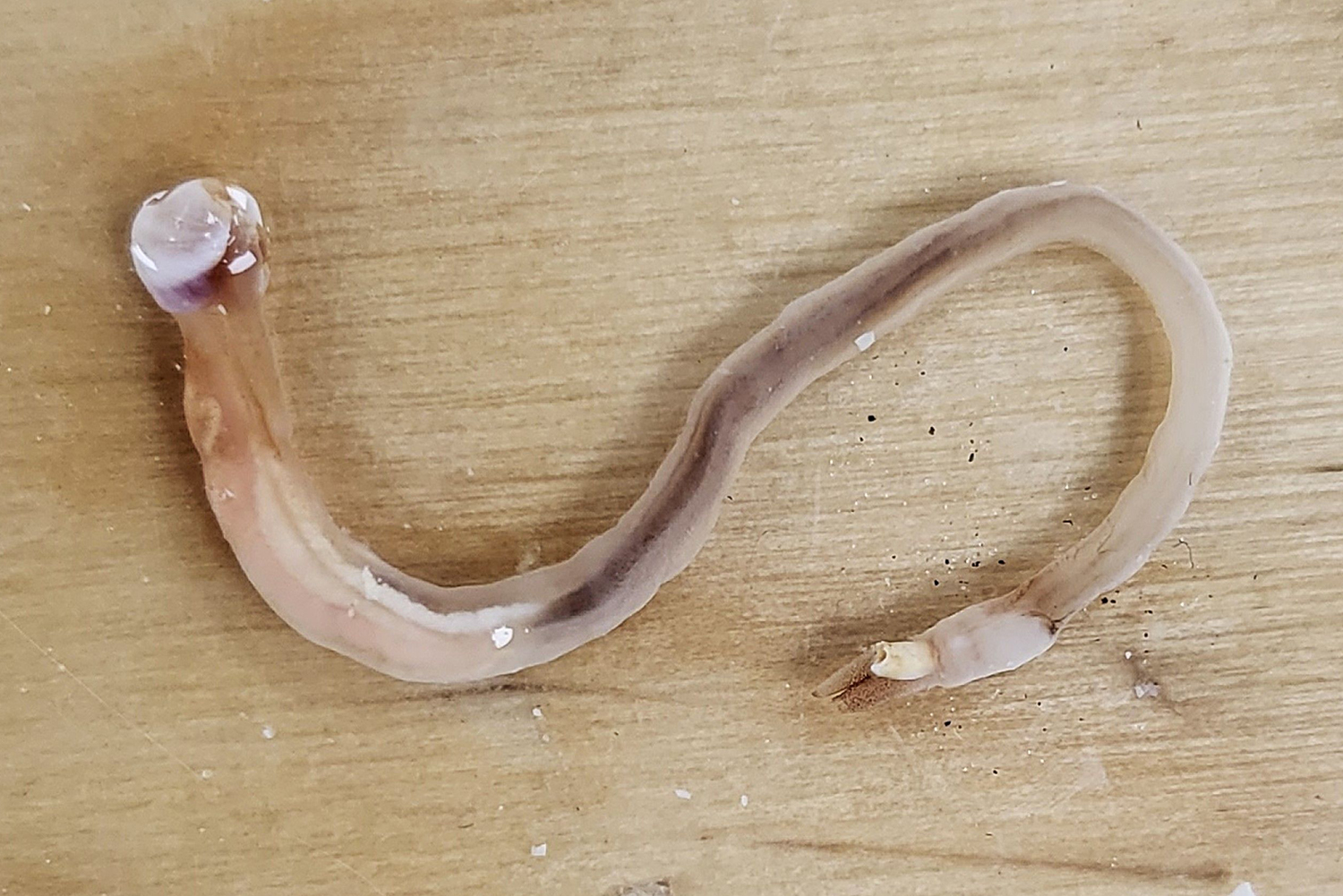
“The naval shipworm Teredo navalis grows up to 2 millimeters (mm) a day, significantly surpassing the growth rates of conventional large-shelled bivalves like mussels, which typically grow at only 0.1 to 0.2mm per day,” said Willer. “The unique symbiotic microbiome of naked clams also allows them to synthesize a range of micronutrients that are valuable for human nutrition.”
“Our company’s mission is to harness the power of these bivalves by converting wood – a completely sustainable resource – into nutrient-dense protein that can feed millions of people worldwide,” said Dr. Reuben Shipway at the University of Plymouth. “Naked clams are the world’s fastest growing bivalves by a considerable margin, and this is a major selling point of our system.”
Naked Clam Ltd’s rearing system encompasses hatchery, grow-out and harvesting, with a dual-fuel feeding system consisting of a patent-pending wood matrix design tailored to naked clams, and microencapsulated feeds tailored to bivalve nutrition. Encouragingly, when fortified with additional omega-3s, these feeds were found to have a profound impact on nutritional composition. The company is targeting a six-month production cycle and has had extensive interest from sectors including processed and restaurant food, pet food, animal feed and pharmaceuticals.
“A naked clam’s flavor profile is influenced by the wood that it has been grown in, said Willer. “Microencapsulated feeds can be used to further fortify the bivalves with additional nutrients, increasing their growth rate, nutritional value or palatability. Emphasizing the nutritional, sustainability and economic benefits of naked clam aquaculture will help increase awareness of the benefits of farming and consuming the species.”
Work is now underway to map out the necessary R&D steps across the value chain to scale up to a viable industrial option.
“Diversification can provide a viable aquaculture industry in the long-term to adapt to climate change, evolving consumer demand and preferences and technological changes in production,” said Dr. Junning Cai, aquaculture officer at the Food and Agriculture Organization of the United Nations (FAO). “It requires substantial R&D investments, and the naked clams’ example could open up a wealth of avenues for sustainable food production and consumption.”
Fit fish grow faster
By increasing species diversity and tapping into new innovations, aquaculture is well placed to meet the growing demand for seafood, but it must also ensure that the fish it rears grow fast. In November 2023, Dr. Essie Rodgers and Dr. Daniel Gomez Isaza at Murdoch University in Australia published a study aiming to identify which species benefitted most from exercise, and the most suitable training regimes for promoting growth. Their study reveals that fish that were exercised saw a 10 percent increase in growth and reached marketable sizes much faster, boosting production efficiency on farms.
Exercising fish is a relatively underappreciated avenue of improving fish growth and welfare, and Rodgers and Gomez Isaza want to address this. They say that exercise can be easy, economical and effective.
“One promising way to promote growth without increasing environmental and economic burdens is swimming exercise,” said Rodgers. “This is a non-invasive, ethical intervention because swimming is a natural behavior for fish that is critical for habitat selection, migration and to access resources.”
The main differences between exercise regimes are in terms of the water speed that fish are exercised in – often described as body lengths per second – and the daily durations that fish are exercised for. Farmers can set water speeds in tanks to levels where fish are swimming at speeds that are most energetically economical (i.e. water speeds that are not too fast or too slow). Fish can also be made to swim at a constant water speed throughout the day – known as continuous training – or be exercised intermittently for a set period of time, for example two or six hours per day.
Swimming is a natural behavior for fish that is critical for habitat selection, migration and to access resources.
Rodgers and Gomez Isaza found that exercise accelerates growth rates in a wide range of species, including yellowtail kingfish, pacu, Danube bleak (Alburnus chalcoides) and grass carp. Meanwhile, a comparison between salmonids and non-salmonids showed that both are similarly affected by exercise training and experience significant increases in growth rates. Rodgers and Gomez Isaza also identified an optimal workout. This involves swimming all day at a speed of two body lengths per second – the equivalent of a light jog.
Feed conversion ratios were unaffected by exercise with farmers not required to spend more on food for their fish. Meanwhile, studies show that exercise increases the protein content of fish, improving the texture and color of fillets, said Gomez Isaza, but further research is still required to determine these impacts, as well as the effects on nutritional content.
Amidst a strong need for studies related to fish exercise, emphasizing its importance and benefits will encourage fish farms to adapt. Not only does exercise promote rapid growth, but it also decreases variability in growth rates, leading to more similar-sized fish. This can offer practical advantages by reducing the need for grading. Less frequent grading reduces stress in fish and saves farmers time, while growing fish to marketable sizes more quickly offers significant operational cost savings.
“It is also important to emphasize to farms how fish are equally efficient at converting food into growth, so there are no additional feeding costs – providing a win-win for farmers. We are eager to work directly with fish farms to generate bioenergetic models tailored to their specific needs,” said Gomez Isaza.
Keeping fish fitter could help speed up supply to meet growing demand. Going forward, Rodgers and Gomez Isaza are aiming to work with the aquaculture industry to test their exercise regime on a larger scale and conduct blind taste tests with consumers that compare exercised and unexercised fish.
Now that you've reached the end of the article ...
… please consider supporting GSA’s mission to advance responsible seafood practices through education, advocacy and third-party assurances. The Advocate aims to document the evolution of responsible seafood practices and share the expansive knowledge of our vast network of contributors.
By becoming a Global Seafood Alliance member, you’re ensuring that all of the pre-competitive work we do through member benefits, resources and events can continue. Individual membership costs just $50 a year.
Not a GSA member? Join us.
Author
-

Bonnie Waycott
Correspondent Bonnie Waycott became interested in marine life after learning to snorkel on the Sea of Japan coast near her mother’s hometown. She specializes in aquaculture and fisheries with a particular focus on Japan, and has a keen interest in Tohoku’s aquaculture recovery following the 2011 Great East Japan Earthquake and Tsunami.
Tagged With
Related Posts
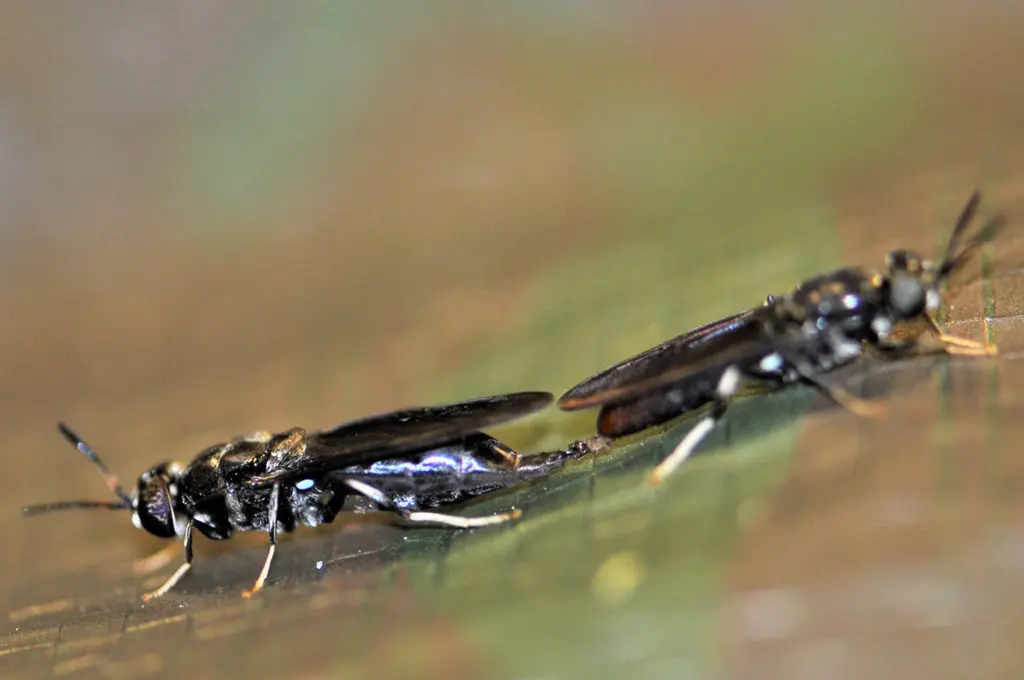
Aquafeeds
Black soldier fly larval production in a stacked production system
Study describes development and evaluation of an “all-in-one” stacked system for indoor production of black soldier fly larvae.
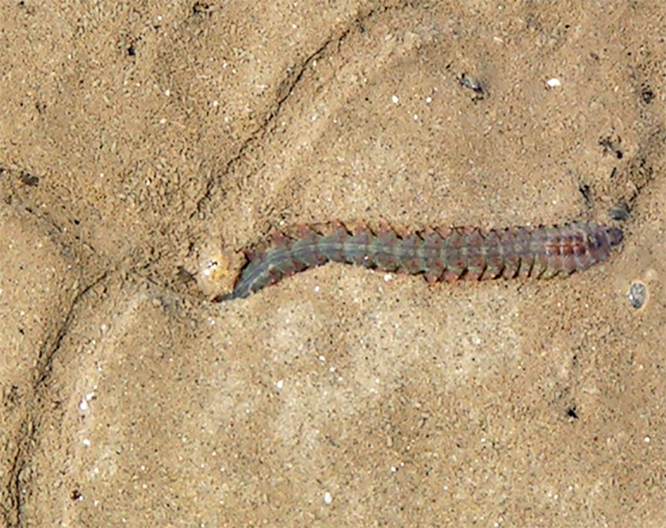
Responsibility
Nutrient recovery from shrimp farming with combined integrated multitrophic aquaculture of polychaete worms, saltworts
Evaluation of IMTA designs showed a single polyculture tank with ragworms and saltwort had best bioremediation performance and biomass production.
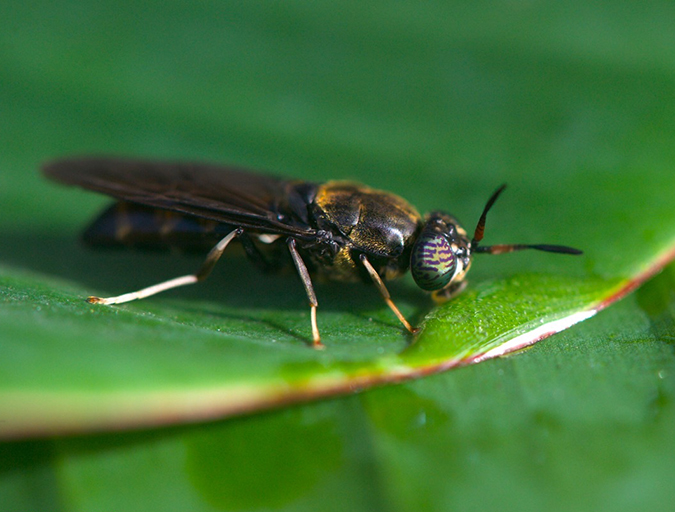
Aquafeeds
Buggin’ out: Tapping the potential of insect meal in aquaculture
Black soldier flies are gaining interest as a leading alternative ingredient in aquafeeds. But will the “ick” factor be a turn-off? Advocate contributor Clare Leschin-Hoar investigates.
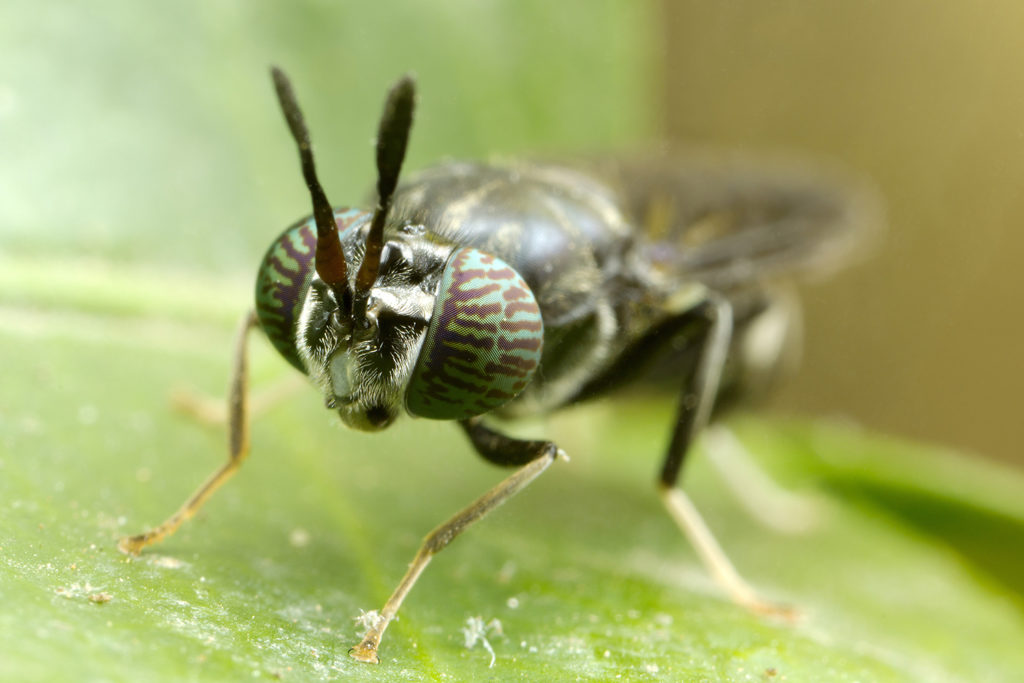
Aquafeeds
Fly guys: Canada opens the door for insect-based feed companies
The sci-fi flick “The Fly” warned about mixing flies and technology, but high-tech black soldier fly farmers are seizing a real opportunity in aquaculture.


